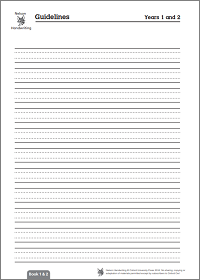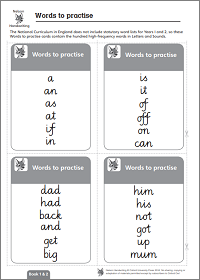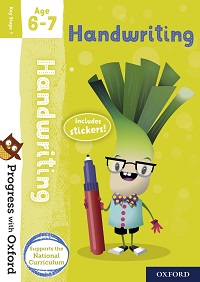Learning to join up writing
(Age 6–7)


For information about what your child is learning at school, take a look at our handwriting at primary school pages.
What can I do to support my child at home?
1. Create a book
Give your child the chance to make their very own book! Fold a few sheets of paper in half and staple down the length of the fold. Suggest that they fill it with their own story and pictures. It could be based on one of their favourite stories. Alternatively, they could make a non-fiction book about something they are interested in, using photos if they don’t like drawing. If this seems daunting, suggest they make a scrap book and write labels and notes next to the things they collect.
2. Get crafty
Continue to encourage your child to draw, colour, paint and do craft activities at home using a range of different materials to provide opportunities to develop control, fine motor skills and hand-eye coordination.
3. Handwriting style
Be sure to find out what handwriting style your child is learning at school. Consistency is essential at this stage, so it is important not to correct something that you think is an error but that is actually part of the style your child is learning.
4. Give them opportunities to write
Encourage your child to keep a diary, writing a sentence or two for every day. They might feel more enthusiastic about this idea if you let them decorate and personalise a plain notebook to make it their own.
Activities
Handwriting activity books
Handwriting Age 6–7
This activity book will help your child to progress while having fun so they will quickly learn the correct formation of letters and start to learn how to add flicks to prepare them for cursive handwriting.
Buy on Amazon >


